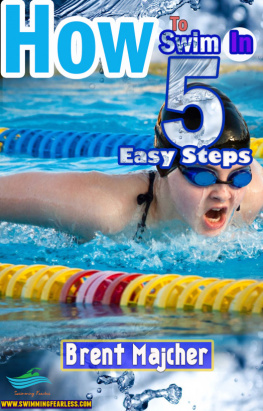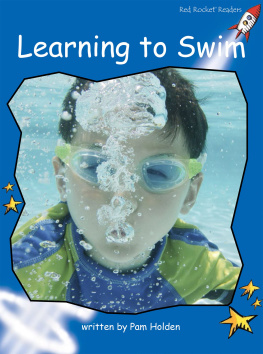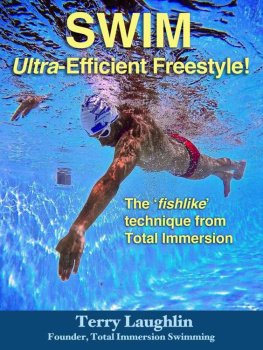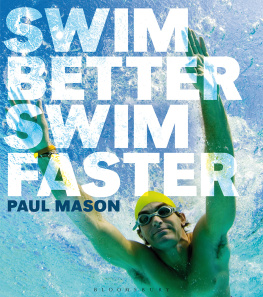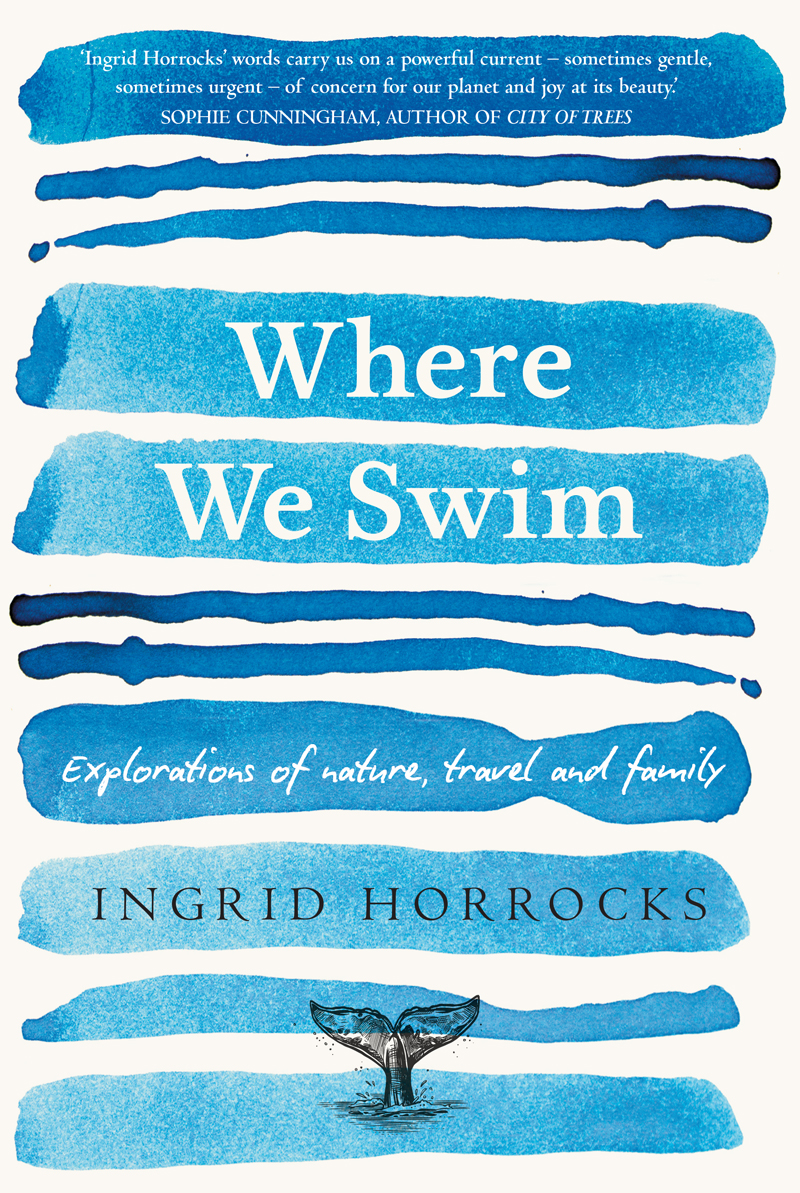Ingrid Horrocks did her PhD at Princeton and teaches creative writing at Massey University, Wellington, where she lives with her partner and two daughters. Her previous books include Travelling with Augusta , Women Wanderers and the Writing of Mobility and two collections of poetry. With Cherie Lacey, she is the co-editor of Extraordinary Everywhere . She is a member of the NonfictioNOW International Board and a contributing NZ-Aotearoa editor to the Sydney Review of Books .
Also by Ingrid Horrocks
Natsukashii (Pemmican Press, 1998)
Travelling with Augusta: PrestonGoriziaVeniceMasterton, 1835 & 1999 (VUP, 2003)
Mapping the Distance (VUP, 2010)
Women Wanderers and the Writing of Mobility, 17841814 (Cambridge University Press, 2017)
As editor
Letters Written during a Short Residence in Sweden, Norway, and Denmark , by Mary Wollstonecraft (Broadview Press, 2013)
Charlotte Smith: Major Poetic Works (with Claire Knowles, Broadview Press, 2017)
Extraordinary Anywhere: Essays on Place from Aotearoa New Zealand (with Cherie Lacey, VUP, 2017)
For my fluid family
in all its breadth and strangeness.
Contents
Immersing
Gone Swimming
I was drawn to the wide open mouth of the river, the place where it took in the sea. It was a beautiful day, with a pale blue sky, the sea hardly moving, the water gleaming smooth in the sun. The night before, the woman at the Mkau petrol station had recommended I swim on the estuarys incoming morning tide for cleaner, clearer water.
As I stepped in, I felt the rivers tug. At first I walked upstream with the tide, waist-deep and two metres from shore. Then I lay on my back, toes poking out, hands fluttering like vestigial wings, and let myself drift, water lapping around my ears. For a while I closed my eyes, letting the tide carry me, feeling the press of the waters echoey breath. As the minutes stretched, the water seemed to enter my body, my limbs becoming liquid.
Then at the bend, the current pulled me away from the edge. I flipped and reached for the bottom but it had dropped away and the water moved fast and straight, tugging at my legs as I tried to kick myself back. My arms hardly made headway against the pull, my panicked strokes almost useless against it.
Only just before the rush right out to the centre of the river did I manage to push my feet down and hit a sandbar. First just my toes touched, trying to hook in, till the sandy riverbed rose up. Then I was standing, half my body above water again, able to resist its swift movements. Breathing hard, I looked ahead to the expanse of river where the wide, fast-flowing waters were headed. I waded carefully along the bar back to shore.
A woman in gumboots was fishing in the shallows, her line stretching across my route. I got out of the water and stood there dripping, letting the sun warm my skin.
She was catching kahawai mainly, she said, but sometimes she got trevally or snapper.
Do you swim? I asked.
Well... She paused. I prefer swimming pools. Besides, I know whats in here.
Together we stood and looked across the rapidly running water, undergoing its twice-daily cleansing which could never be enough.
It was early autumn 2017, and I was swimming my way from Wellington to Auckland. Id taken a long weekend, fitted between teaching classes, to drive north and swim alone in as many places as I could along the way.
Not that I can really swim. Thats why the river almost got me. On swimming sports days at high school, I was that kid at the back of the race who was more drowning than swimming. Im not confident Id meet the common definition of being able to swim, which is swimming 200 metres of freestyle in a pool. Even Lake Dudding in the Rangitkei was heavy-going, and its a very small lake. Id just walked around its perimeter and done my own version of awkward breaststroke across a corner so I could feel what it was like to swim with a destination. As a swimmer, I have few aspirations to mastery. But Ive always loved being in water, baths included. In setting out, I wanted to know what that was about. Id wanted to remember why it was we swam in the first place. And to remember the pleasure of immersing in an element other than air.
The year 2017 was also when everyone seemed to start using the word swimmable. Which of our rivers and lakes were swimmable? How many of our beaches? Which werent? Where would the water make us and our children (and parents) sick? My impulse to swim in as many places as I could had been prompted, in part, by playing with a new website called Can I Swim Here? Before I set off, Id printed out water-quality maps, on which rivers that were rated Excellent or Good appeared in blue and green, merging into the paper landscapes. They were the colours of water. They were the fantasy tones of childhood and tourism campaigns. But in many areas, especially the rural ones, the yellow, orange and red of Fair or Poor water quality threaded out from the maps mountain centres like cancer cells, darkening as the waters dropped from the hills and began their journeys through human and farm animal country to the sea.
I hadnt looked at the maps closely before planning my route. I planned mainly based on scenic photographs. I only began to study the maps along the way, and by the time I swam at Mkau, on the upper Taranaki Bight, I knew the rivers Waikato catchment was home to 440,000 sheep, 70,000 beef cattle and 20,000 dairy cattle. The whole length of the river threaded its way across the maps in blood red, not even getting a blue mountain moment at its source.
My determination to swim anyway was partly a denial of those water-quality figures being the final word a refusal to let that be how it would be, even here, in this country, the water already too polluted to bother. It was a refusal to accept and simply stay home on dry land. But perhaps it was also an attempt to understand those figures better, to translate backwards from abstractions such as counting rivers by length or by swimmability. An attempt to put my whole body into it. Perhaps it could serve as some form of animal engagement and involvement of necessary immersion. What were those numbers really telling us? Or, more properly maybe, what were the waters saying? Perhaps I wanted to feel what it meant to swim so that I could imagine what was at stake in a place becoming unswimmable for other creatures, too, who also need water to live.
A day after swimming at Mkau I developed a urinary tract infection. The source of the infection could have been almost anywhere in the regions Id swum, at least in the rivers and smaller lakes. It could also have been from too much time in clammy swimsuits. Even if not directly attributable, it felt like my bodys physical response to the toxic water in some of the places Id chosen to swim. My estuary swim wasnt what Id planned or imagined, but it did help me understand. The numbers were serious. The water was too.
Before I set out, Id swum with my family at Princess Bay, a hook of beach on the Taputeranga Marine Reserve on Wellingtons south coast. By the time I arrived at Mkau Id paddled in small waves on the Kpiti Coast, where my mother spent her summers in the 1950s. Id swum in a fenced hotel pool. And Id swum off the beach at Koitiata, just south of Whanganui, then in the Whanganui River itself.
Id swum one early morning with a childhood friend in the Tokomaru River in the Manawat. With my friends kids as audience, wed wobbled in on the grey river stones until we were waist-deep, hands held out and above the water, fingers splayed like stars. We were almost out before we were in, our skin humming with the chill of it, the feeling carrying some body memory of our years growing up together. The Tokomaru River also turned out to at times be Code Red, as in Avoid Swimming. Id somehow thought it must be all right, because it was up near the mountains, but there were E. coli warnings in place; that is, there were animal or human faeces in the water. According to the Ministry for the Environment, just 45 per cent of rivers by length in the Manawat and Whanganui regions were generally swimmable, meaning 55 per cent were not. The shit levels in Lake Dudding were okay, but there was an intermittent risk of toxic algae from farm run-off. As Id swum across it, I had to clear weed away from my face at each stroke.


